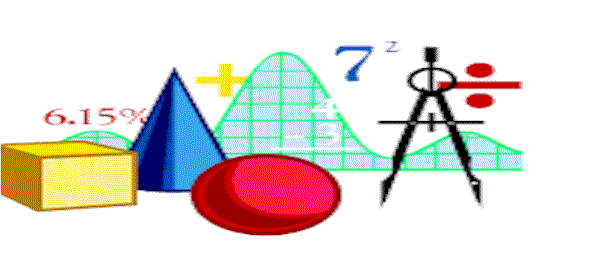
comparison

|
comparison
|
The =, <> ,<, <=, >, >= functions are equivalent to compareEQ, compareNE,
compareGT, compareGE, compareLT, and compareLE comparison functions.
The resulting value is a Boolean value of true if the relational operator results in a true comparison otherwise the resulting value is false.
Usage Use the comparison functions when you wish to compare two Vectors and determine
if they are equal, not equal, less than, less than or equal to, greater than, greater
than or equal to and you wish the result to be expressed as a Boolean value (true or false).
For two Vectors to compare equal, all values have to be
equal. The less-than < condition is satisfied only if the first Vector is less
than the second Vector. The greater-than > condition is satisfied only if the
first Vector is greater-than the second Vector.
Returns true if the comparison is true, false if the comparison is false.
Expression:
Arguments
Name
Type
Description Argument: obj1 Void Character Date Complex
First object to be compared. Must be a native data type. Argument: obj2 Void Character Date Complex
Second object to be compared. Must be a native data type.
Returns:
Here are a number of links to Lambda coding examples which contain this instruction in various use cases.
Here are the links to the data types of the function arguments.
| String | Symbol | Structure | Dictionary |
| Directory | Brick | Vector | Boolean |
| Void | NumVector | FltVector | IntVector |
| ShortVector | NumVector | ObjVector | BitVector |
| ObjectRepository |
Here are also a number of links to functions having arguments with any of these data types.

|
Analytic Information Server (AIS)AIS Component Systems
|